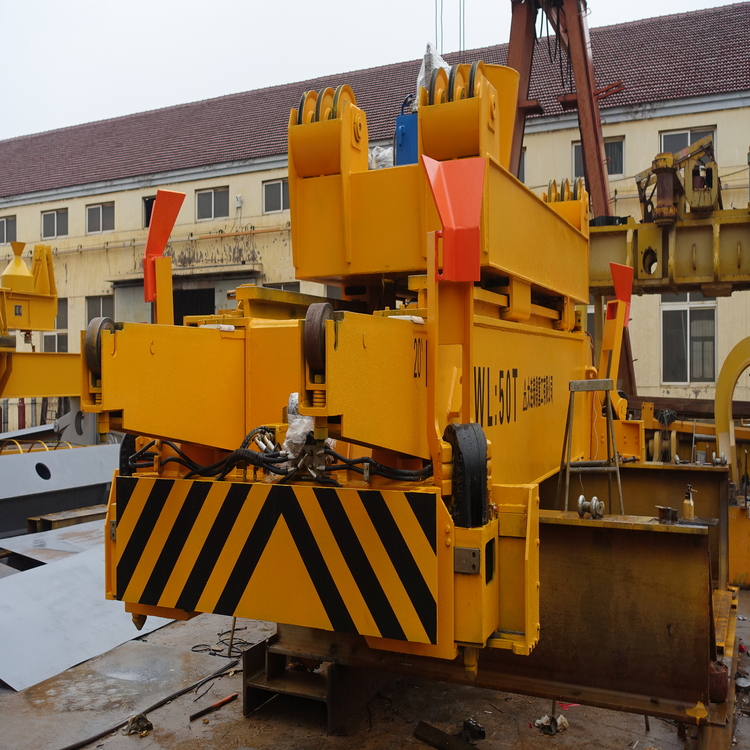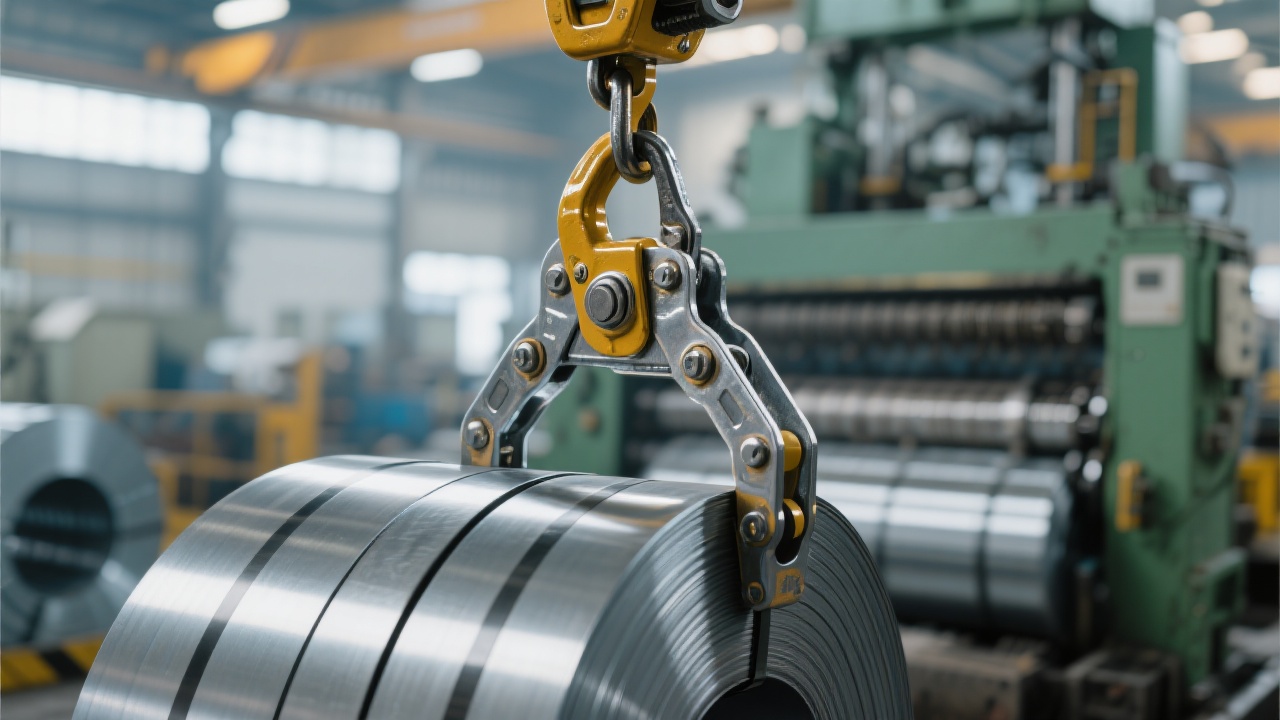
In the bustling world of global trade, ports and docks serve as the vital arteries, facilitating the movement of goods across continents. However, these hubs often grapple with significant challenges in the form of low loading and unloading efficiency and escalating labor costs. This article delves into how high-strength plate clamps can revolutionize the material handling process, offering a smart solution to optimize logistics and reduce manual labor.
Port and dock operations are the linchpin of international trade, yet they face a multitude of challenges. The traditional methods of handling heavy plates rely heavily on manual labor or outdated clamping tools, leading to inefficiencies and safety risks. For instance, the average turnaround time for a single container can be as long as 8 - 12 hours, during which a significant amount of manual labor is required, resulting in high labor costs and low productivity. Moreover, the physical strain on workers can lead to a high rate of injuries, further exacerbating the problem.

High-strength plate clamps are crafted from high-quality alloy steel, which offers exceptional durability and resistance to wear and tear. The use of alloy steel ensures that the clamps can withstand the harsh operating conditions in ports, warehouses, and smelters. Additionally, the design of these clamps is based on the principle of leverage, which allows for easy and efficient operation. This means that even heavy plates can be handled with minimal effort, reducing the physical strain on workers.
One of the key features of high-strength plate clamps is their versatility in drive modes. They are available in mechanical, electric, pneumatic, and hydraulic drive modes, which can be selected according to the specific requirements of different working conditions. For example, in a port where power supply is limited, a pneumatic or hydraulic drive mode can be used, while in a warehouse with a stable power supply, an electric drive mode may be more suitable. This flexibility ensures that the clamps can be used in a wide range of applications, maximizing their utility.
These clamps are designed to handle heavy loads, with a load-bearing capacity ranging from 8 to 550 tons. This high load-bearing capacity makes them ideal for handling large and heavy plates, such as those used in the construction and manufacturing industries. With the ability to handle such heavy loads, the clamps can significantly reduce the number of handling operations, thereby improving the overall efficiency of the logistics process.

By using high-strength plate clamps, ports can significantly reduce the turnaround time for containers. The quick and efficient handling of heavy plates means that containers can be loaded and unloaded in a shorter period, reducing the waiting time for ships and improving the overall throughput of the port. For example, a port in Asia reported a 30% reduction in turnaround time after implementing high-strength plate clamps, which led to a significant increase in the number of containers handled per day.
The use of high-strength plate clamps also reduces the physical strain on workers. Instead of manually lifting and moving heavy plates, workers can operate the clamps with ease, thanks to their ergonomic design and multiple drive modes. This not only reduces the risk of injuries but also improves the working conditions for workers, leading to higher job satisfaction and productivity.
Safety is a top priority in port operations. High-strength plate clamps are designed with safety features such as anti-slip pads and locking mechanisms, which ensure that the plates are securely held during handling. This reduces the risk of accidents and injuries, making the working environment safer for workers.
When compared to traditional clamps or manual handling methods, high-strength plate clamps offer several distinct advantages. Traditional clamps often have limited load-bearing capacity and are not suitable for handling heavy plates. Manual handling, on the other hand, is not only inefficient but also poses a significant risk to the safety of workers. In contrast, high-strength plate clamps offer a high level of automation, which reduces the need for manual labor and improves the overall efficiency of the logistics process. They also provide a safer and more reliable solution for handling heavy plates, ensuring that every plate is precisely positioned and securely held.

To illustrate the effectiveness of high-strength plate clamps, let's take a look at a real-world example. A large port in Europe implemented high-strength plate clamps in its container handling operations. After a few months of use, the port reported a 40% increase in loading and unloading efficiency, a 25% reduction in labor costs, and a significant improvement in safety. The success of this port serves as a testament to the effectiveness of high-strength plate clamps in optimizing logistics processes and reducing manual labor.
High-strength plate clamps are a smart solution for optimizing logistics processes and reducing manual labor in ports, warehouses, and smelters. With their advanced technology, high load-bearing capacity, and multiple drive modes, these clamps offer a significant improvement over traditional methods. If you're looking to enhance the efficiency of your material handling operations, we invite you to learn more about our high-strength plate clamps and discover how they can revolutionize your business. Additionally, we'd love to hear from you. What are the most common material handling challenges in your port? Share your thoughts with us!

